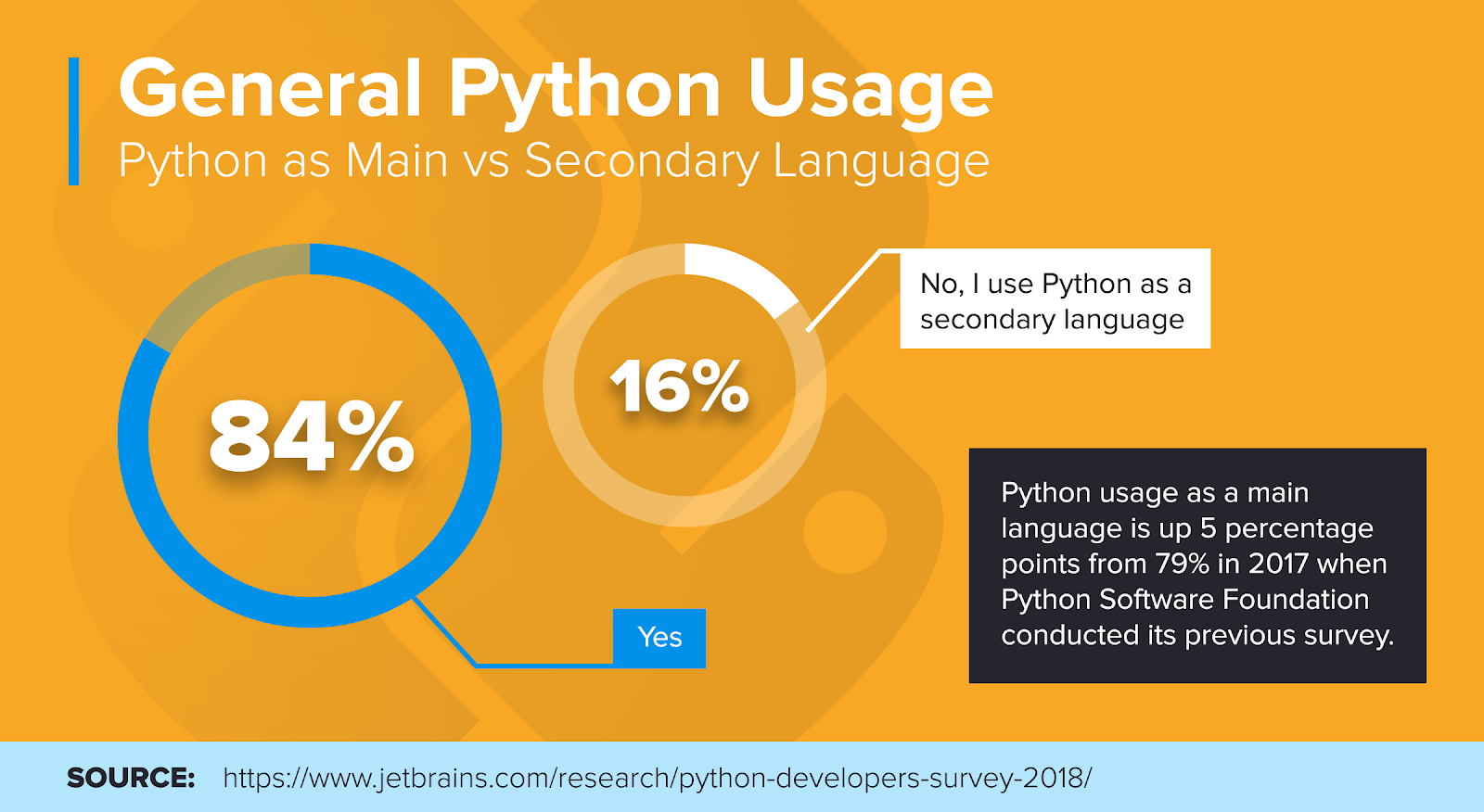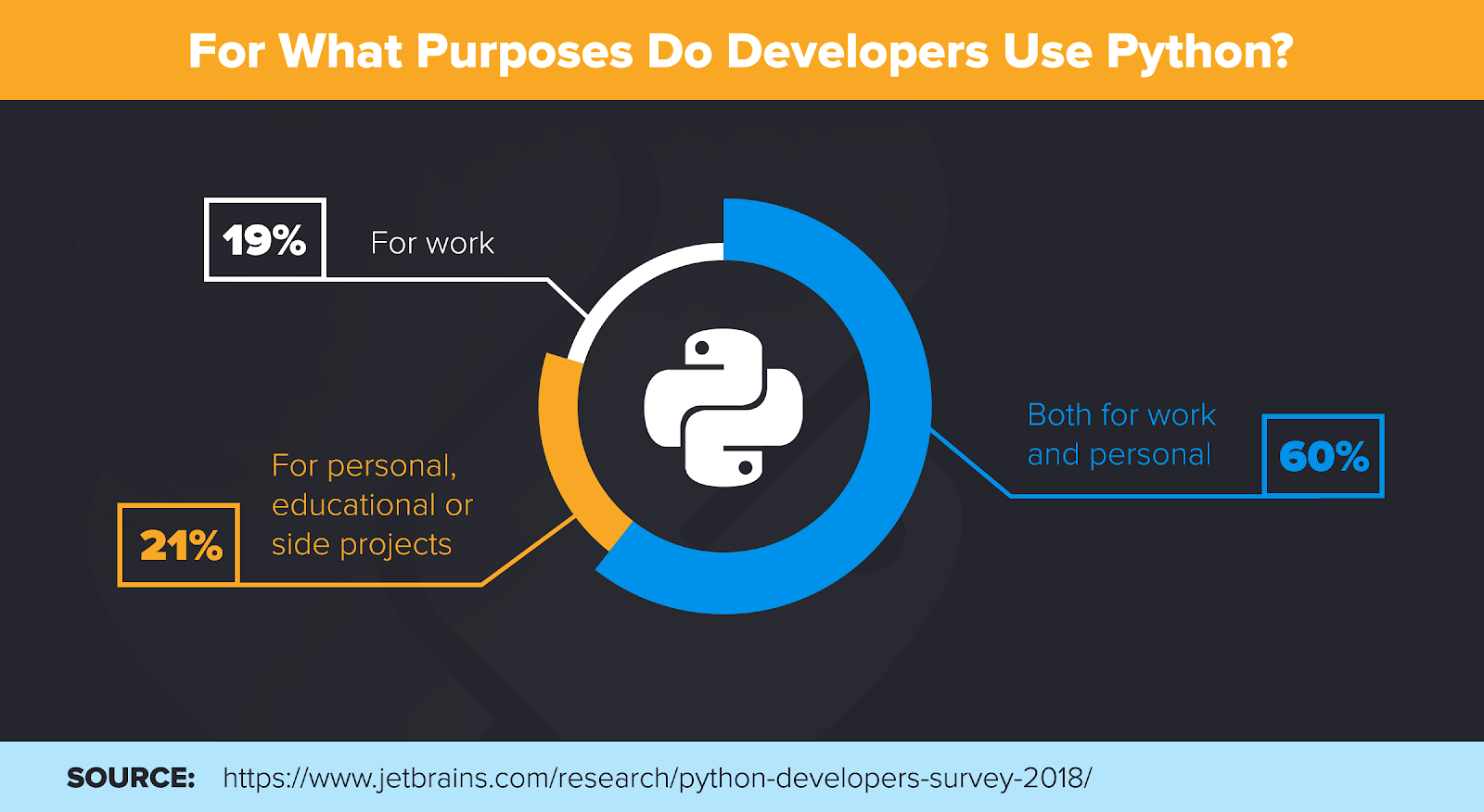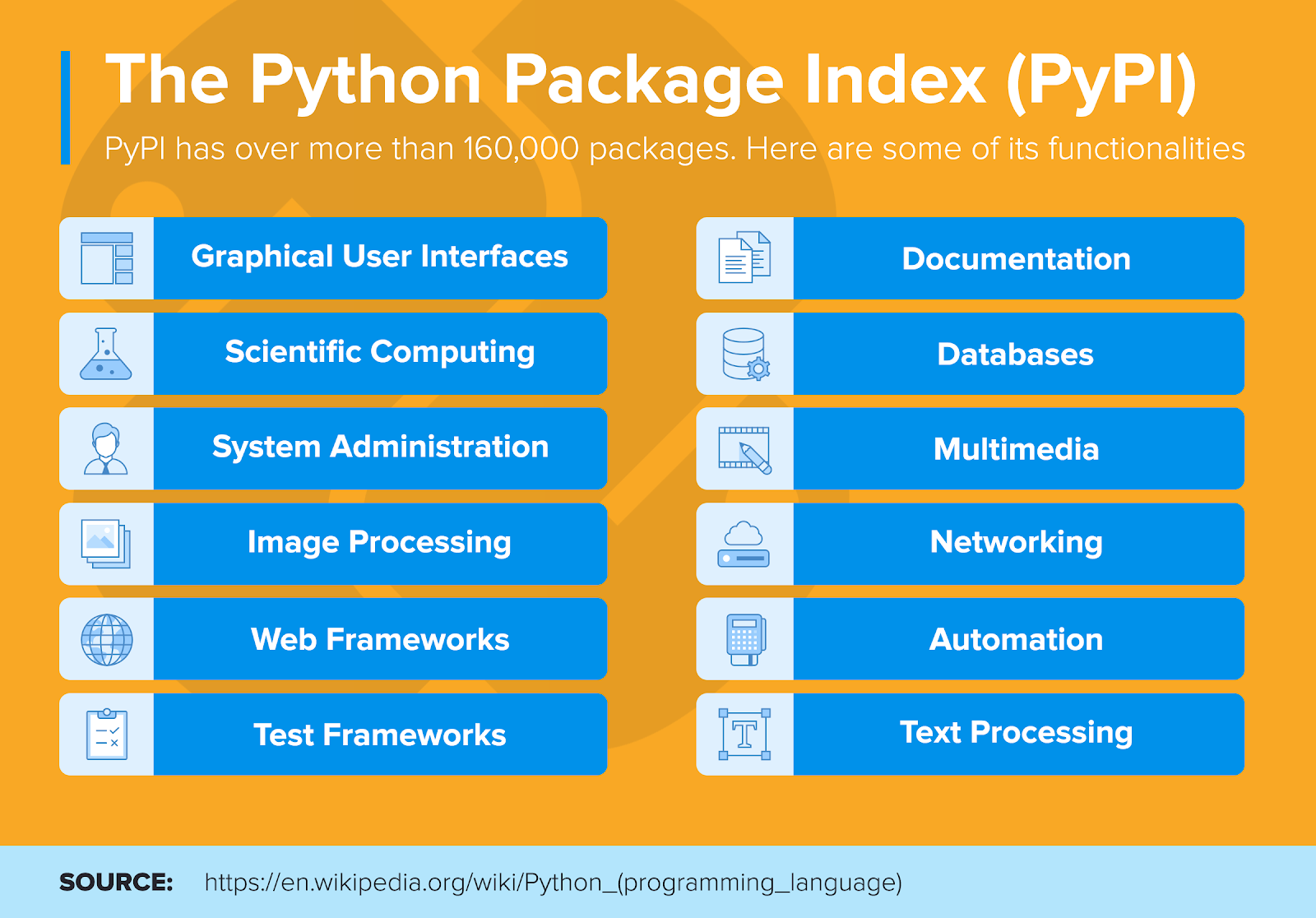Why it's worth learning Python
Published

Why learn Python? year after year Python one of the most popular programming languages for businesses. Like most popular programming languages, Python only became popular years after it was developed. Python was developed by Guido van Rossum and introduced in 1991. At the end of 2000, Python 2.0 was released, and the language flourished due to its adaptability and wide use.
Today, Python is in its third generation and is used by most of the world's leading technology companies. Those who learn Python range from software developers to data scientists to cybersecurity experts.
If you want to acquire new Python skills or expand your existing skills, Skillshare is suitable for you. Please click here to access Skillshare's learning platform and gain new insights into a wide variety of topics.
What is the reason for the popularity of Python?
Python is with developers, data scientists , software engineers and even hackers one of the most popular programming languages because of its versatility, flexibility and object-oriented features. Many of the web and mobile applications we use today are due to Python's numerous libraries, various frameworks, vast collections of modules and file extensions. Additionally, Python is great for developing everything from micro projects to macro enterprise web services and also supports other programming languages.
Although it is a high-level language that can handle complex tasks, Python is easy to learn and has clear syntax. Therefore, it is recommended for both beginners and experienced programmers. There are also many ways to learn Python: you can learn it through self-study, enroll in a coding bootcamp or school, or watch online tutorials. It's your choice!

Top 7 Uses of Python
With its almost perfect beauty, Python is said to be one of the most popular programming languages in most universities and industries. What makes them irresistible is their wide application in other areas and the limitless possibilities to create amazing things from nothing.
A large part of their popularity is due to the rise of AI and machine learning technologies in the global market. As of February 23, 2019, the average salary for a Python developer in the US is $115,217 per year, making it one of the most popular and most lucrative professions of our time.
There are actually many reasons why you should learn Python. And to better understand the scope and benefits of Python, here are the 7 most important application areas of Python.
Python can be used in the following areas:
- Multiple programming paradigms
- Web-Tests
- Data extraction
- Artificial intelligence (AI) and data science research
- Web application and internet development
- Easy database access, interface customization and fast system integration
- Cybersecurity

Last year, the Python Software Foundation collaborated again with JetBrains to conduct the annual Python Developer Survey. The aim is to identify the latest trends in Python web development. Over 20,000 developers from more than 150 different countries took part in the survey to provide an accurate and up-to-date picture of the Python community.
1. Multiple programming paradigms
Python has the upper hand when it comes to supporting a number of programming paradigms such as object-oriented programming, functional programming, empirical programming, and structured programming. Python can be used for developing both large and small applications. It allows you to develop and produce various applications such as games, Android, multi-software and web applications. Thanks to its dynamic and strongly typed nature, it helps in early detection of errors.
Additionally, Python has built-in functions for testing variable types and correct usage. It also has automatic memory management for managing and dealing with various dynamic memory management useful for sharing, segmentation, pre-allocation or caching.
2. Web-Tests
Python is the best choice for programmers when testing website applications and other related web interfaces before launching them on live sites to avoid bugs and errors. It has a built-in unit testing framework called “PyUnit” that ensures your code works as expected. In addition to test automation, Python unittest supports setting sharing and code testing shutdown, test aggregation, test collections, and test reports. The impressive string manipulation and easy shell access make Python an extremely useful language for smoothly automating repetitive tasks.
3. Data extraction
Another nice feature of Python is data extraction or web scraping. It is a process of retrieving and organizing data from various sources on the web to transform it into valuable data. Python has many web scraping tools (e.g. Selenium, urllib2) and frameworks (e.g. Scrappy) that can efficiently retrieve online data or web page content, not to mention the very robust standard library (e.g . B. BeautifulSoup, Requests), which can also provide highly functional tools for various tasks in addition to data extraction. Web scrapers are also suitable for machine learning projects, data sourcing, SEO ranking, marketing and sales campaigns, e-commerce data collection, etc.
4. Artificial intelligence (AI) and data science
Nowadays, most data scientists and software engineers use Python to conduct further study and research in the field of artificial intelligence (AI) and data science. Python can also be used in other areas and technologies, which is a big advantage. This is not surprising because it is an interpreted language; Users can run the program directly without having to compile the data into machine language before execution. This makes Python codes comprehensive and easy to be interpreted by an emulator or virtual machine.
Additionally, it is clear that Python outperforms other OOP languages as the programming language with the least amount of code. According to Cuelogic, a company that develops software to support startups worldwide, "Python has ready-made libraries such as Numpy for scientific computing, Scipy for advanced computing, and Pybrain for machine learning (Python Machine Learning), making it one of the best languages for AI and data science makes."

Additionally, big data and analytics can be represented using Python's data visualization tools. Some of the most commonly used tools for creating beautiful statistical data charts and interactive graphical representations are Pandas, Seaborn, Bokeh, Pygal, and Plotly.
5. Web application and Internet development
No one can deny the extent of Python's success, not only in web applications but also in Internet development. The technological advancements brought by Python applications and products have changed the way we develop and design things.
Python web frameworks (e.g. CherryPy, Django, Flask, etc.) provide developers with extensive libraries and modules that make their work easier. It accelerates content management, database access, issue tracking, function call mapping, profiling, data authorization and other important processes.
Python is particularly popular in application development due to its compatibility with multiple systems and platforms. Here are the 16 most famous companies using Python.
6. Easy database access, interface customization and fast system integration
Do you want to easily access databases? Python does this task for you. Two of its strengths are the ability to customize interfaces (like MySQL, Oracle, Server, Durus, ZOBD, SQLite, etc.) and quickly access other databases.
By connecting the Python interface to databases, users can also observe how databases are created and manipulated in real time, how they can be embedded into applications, and how they work with fixed data sets.
Python's integration and flexibility also allows it to be used with other programming languages. Some examples of Python implementations with other languages:
- Jython - Python integrated with Java.
- CPython - Python integrated with C
- RubyPython - Python integrated with C
7. Cybersecurity
Python lives up to its name when it comes to internet security. With powerful third-party libraries (e.g. Nmap, Yara, Requests, etc.), it can respond to security threats faster than other languages. For example, it can perform web application penetration testing and detect system breaches, which is very helpful for IT security professionals. You can even create an impenetrable application by leveraging its strong typing script, rapid prototyping and iteration, and digital forensic capabilities to avoid cyberattacks by hackers.








